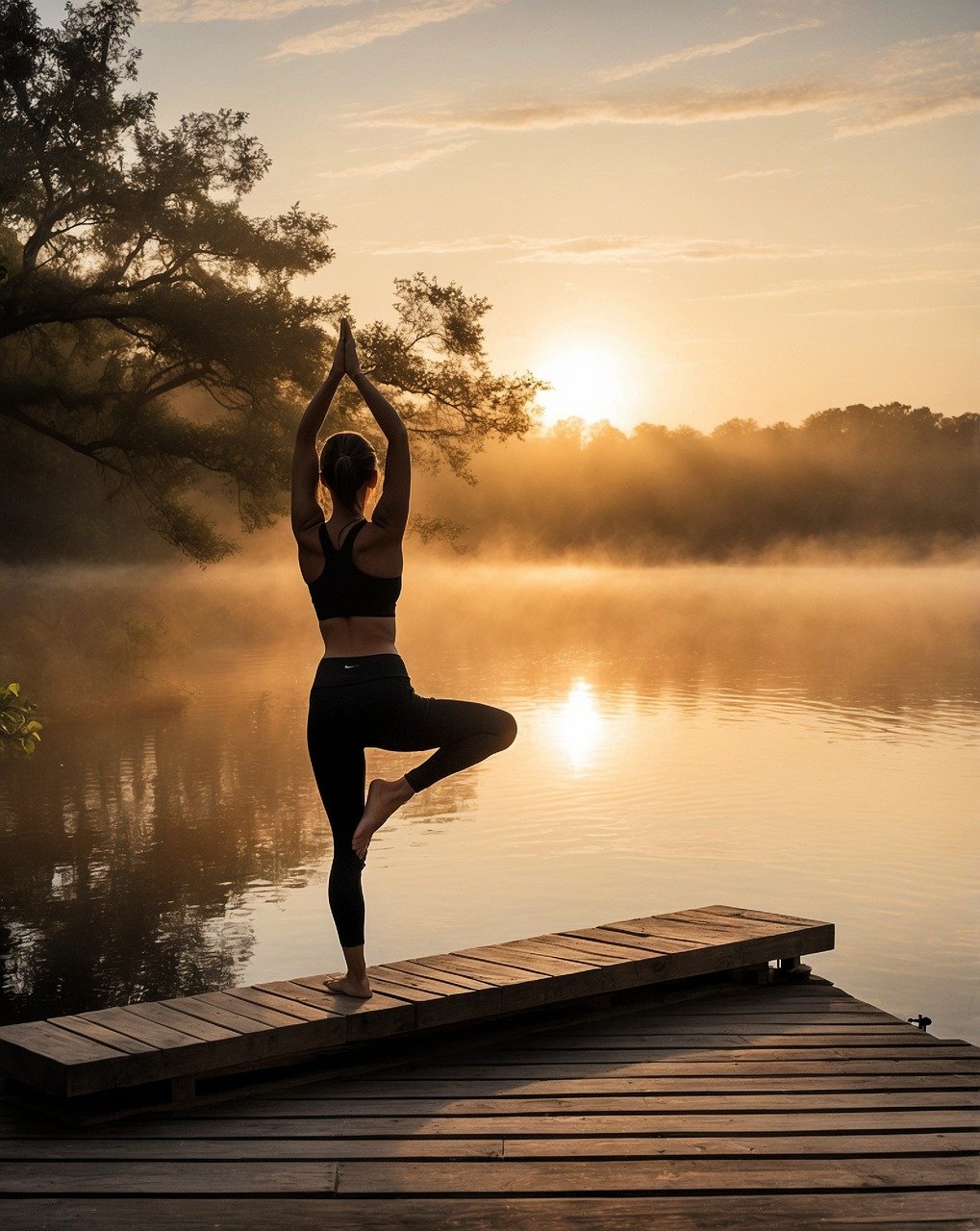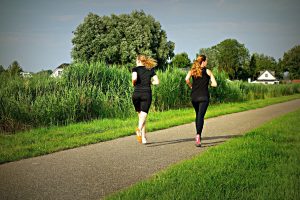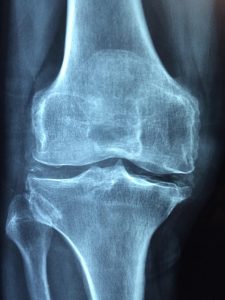
The prostate gland, a small walnut-shaped organ in men, is vital for reproductive health. As men age, they face a higher risk of prostate-related issues such as benign prostatic hyperplasia, prostatitis, and prostate cancer. Symptoms of these issues can include frequent urination, difficulty urinating, and pelvic pain. While medical treatment is necessary for serious conditions, incorporating natural practices like yoga can help alleviate symptoms and promote overall well-being. Prostate health is particularly important for older men. Common prostate problems include: Benign Prostatic Hyperplasia (BPH), an enlargement of the prostate, leads to urinary symptoms like frequent urination and a weak urine stream. Prostatitis involves inflammation of the prostate, causing pelvic pain and discomfort during urination and ejaculation. Prostate cancer, one of the most prevalent cancers in men, requires prompt treatment to prevent it from becoming life-threatening. Alongside surgery, radiation, and chemotherapy, managing symptoms and improving overall health is essential for recovery and prevention. Maintaining prostate health is crucial for a long and healthy life. Yoga can be particularly beneficial for men concerned about their prostate health due to its focus on body strengthening, flexibility, and stress reduction. Yoga improves blood circulation to the pelvic area, which nourishes the prostate and reduces inflammation. It also helps alleviate stress through relaxation techniques and mindful breathing, which can lessen symptoms of conditions like benign prostatic hyperplasia and prostatitis. Additionally, yoga enhances flexibility in pelvic muscles, improving urinary flow. Furthermore, yoga supports hormonal balance by regulating the endocrine system, which is important for prostate health since hormonal imbalances can cause prostate issues. Finally, yoga strengthens the pelvic floor muscles that support the prostate, helping to address urinary incontinence, a common problem for those with prostate concerns. Here are effective yoga poses for enhancing prostate health focus on the pelvic area, boost circulation, and encourage relaxation, which are important for prostate maintenance.
- Virasana (Hero Pose)- Hero Pose aids in opening the pelvic region and enhances circulation to the lower abdomen, which can help relieve symptoms of benign prostatic hyperplasia (BPH) and prostatitis. To perform the pose, kneel with thighs perpendicular to the floor, sit back on your heels with feet slightly apart, rest hands on knees, and breathe deeply for 1–2 minutes while releasing tension in the pelvic area. Benefits include opening the hips and pelvis, promoting lower body circulation, and reducing discomfort from prostate swelling.
- Baddha Konasana (Bound Angle Pose)- This pose stretches the inner thighs and opens the groin, relieving tension and enhancing circulation to the prostate area. To perform it, sit on the floor with extended legs, bring the soles of your feet together while allowing your knees to fall outward, hold your feet with your hands, and gently press your knees down towards the floor for 1 to 3 minutes while breathing deeply. The benefits include stretching the pelvic floor, improving groin circulation, and helping alleviate urinary symptoms.
- Supta Baddha Konasana (Reclined Bound Angle Pose)- This is a gentle variation of Bound Angle Pose that helps to relieve tension and open the hips while lying down, making it beneficial for prostate discomfort. To perform it, lie on your back with the soles of your feet together and knees apart, arms at your sides, and focus on deep breathing for 5-10 minutes. Benefits include deep relaxation of pelvic muscles, relief of stress and tension in the prostate area, and improved blood circulation to the lower abdomen.
- Setu Bandhasana (Bridge Pose)- Bridge Pose strengthens pelvic muscles, improves blood circulation to the prostate, and alleviates urinary issues. To perform the pose, lie on your back with knees bent and feet flat on the floor, press into your feet to lift your hips, and hold for 30 seconds to 1 minute before lowering. The benefits include strengthening the pelvic floor, enhancing circulation in the pelvic area, and reducing prostate discomfort.
Additional tips- To maintain prostate health, it is important to stay hydrated by drinking plenty of water and to eat a balanced diet rich in fruits, vegetables, and whole grains, particularly focusing on foods like tomatoes, green tea, and pumpkin seeds. Regular exercise, including yoga, helps in weight management and supports prostate function. Managing stress through meditation, deep breathing, or relaxing activities is crucial, as chronic stress can worsen prostate problems. Limiting alcohol and caffeine intake can reduce bladder irritation and urinary symptoms. It is also advisable to avoid prolonged sitting, as it increases pressure on the prostate; taking breaks to stand and walk is beneficial. Finally, quitting smoking can improve both prostate and overall health by enhancing blood flow and reducing inflammation.
-Triparna







